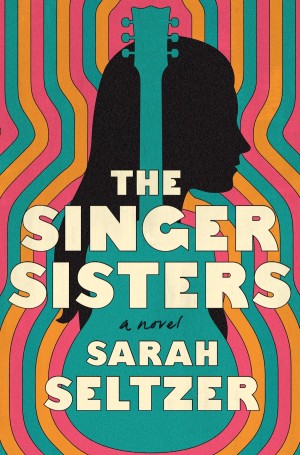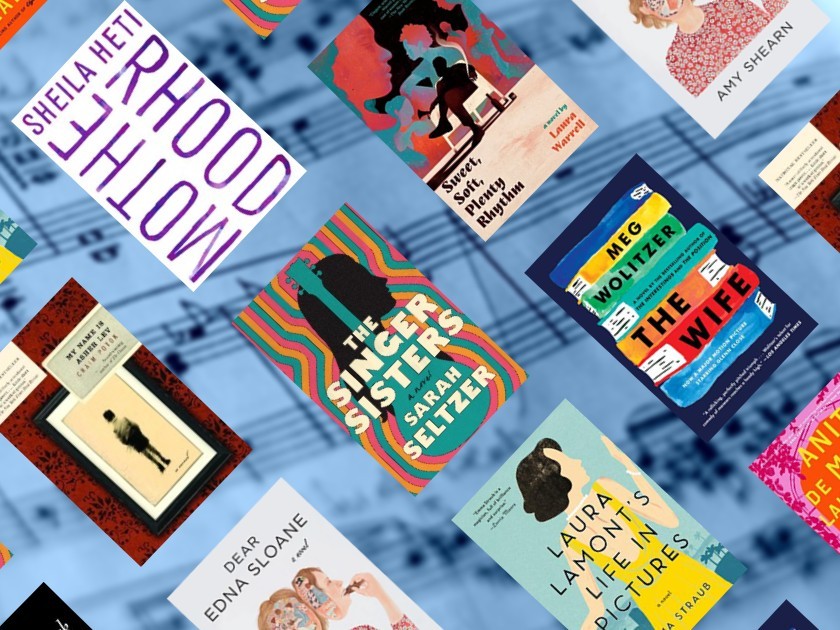
Who doesn’t enjoy a (fictional!) tortured artist? My novel, The Singer Sisters, comes out this week and it doesn’t have just one or two, but rather an entire family of tortured artists. The Cantors and Zingermans are a dynasty of folk and rock singers who express their feelings about each other—and about life’s ups and down—via songs and performances, collaborations and covers, over the course of several tumultuous musical and political decades.
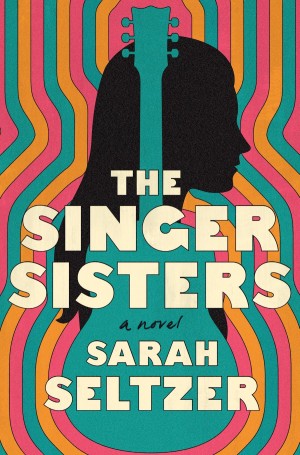
It might not surprise you that as a reader I’ve always been drawn to novels about visual artists, writers, and musicians. Here’s a list of eight of my favorite novels from the last century or so that focus on creative souls who are torn between their desires for fame, acceptance, and artistic integrity and their duty to their families or communities, the limitations imposed by financial strain, and the obligation that comes along with success itself.
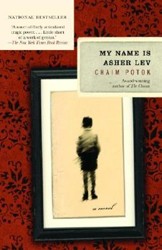
My Name is Asher Lev by Chaim Potok
I pulled this one off my parents’ shelves as a teenager, and it made a huge impression on me. It’s the story of Asher Lev, an unusually talented painter from an insular Orthodox community who feels compelled over time to push the boundaries with his brush and canvas. First by painting nudes, and then eventually by painting a crucifixion that features his mother—who suffers from trauma—as the central figure. The story of how his community accommodates him up until a certain point, makes for an unexpectedly compelling line of narrative tension. The story is hypnotizing; bonus, some of the paintings referenced were Potok’s own work!
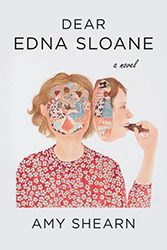
Dear Edna Sloane by Amy Shearn
This one just came out this year. It’s a hilarious, poignant, and sharp satirical novel — all epistolary, too! — about the disappearance of a literary wunderkind from the 1980s named Edna Sloane. As it turns out, in addition to being an “it girl,” Edna has had to contend with second generation Holocaust trauma, the intense demands of motherhood, and the pressure that comes from instant success. The story is told through the eyes of Seth, a smartass and self-styled literary sleuth who’s trying to figure out what happened to Edna. The story builds us up nicely, but it’s when the reclusive author’s voice itself comes into the book that things really take off in unexpected directions.
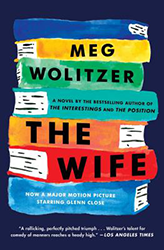
The Wife by Meg Wolitzer
Meg Wolitzer is a huge influence on me. So much of her work deals with the push and pull between art and life. This breakout novel is the story of a frustrated woman who works in her husband’s shadow and hides her own literary talent… or does she? There’s a great secret in the narrative so I won’t say too much more to avoid spoilers. It’s a brilliant commentary on some of the similar themes Dear Edna Sloane reckons with, such as the deification of midcentury male writers and how women can find their place in such a heady landscape.
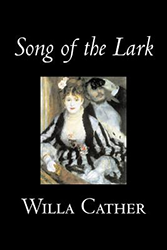
The Song of the Lark by Willa Cather
This one is a throwback to the early twentieth century and is set in the fictional town of Moonstone in Colorado. Willa Cather’s wonderful novel tells the story of Thea Kronborg, a talented concert pianist who, it turns out, has an angelic singing voice that could be her ticket to stardom. Like most of Cather’s characters, this group lives in the striking and scarred landscape of the West and—much like Asher Lev’s—Thea’s story is one of genius and ambition flowering from a small community. With help from a few choice friends, Thea leaves home and achieves her dreams, thanks to unusual talent and a series of quietly heartbreaking choices.
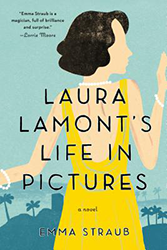
Laura Lamont’s Life in Pictures by Emma Straub
This is a delightful early novel from the great Emma Straub. It spans the entire career of a young American girl who gets swept up in the Golden Age of Hollywood studio system rides the waves of fame as she ages, matures, and becomes a woman. Laura Lamont’s Life in Pictures was a big influence on me—funny, wise, and compulsively readable in a way that leaves you satisfied.
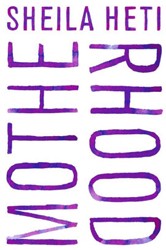
Motherhood by Sheila Heti
Sheila Heti’s autofiction masterpiece is a philosophical debate over whether the narrator wants to be a mother or just a writer. Even as someone who never hesitated in my own plunge into motherhood, I found so much to chew on, laugh at,and agree with in Motherhood. I revere it as an essential feminist text. Heti is a pioneer of expanding the contemporary novel’s form and work showcases her immense skill: it is intensely personal and anecdotal while also asking big questions about female existence in a patriarchy.
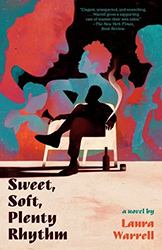
Sweet, Soft, Plenty Rhythm by Laura Warrell
This swirling, jazz-like debut novel from Laura Warrell circles its way around a talented, difficult, and compulsively womanizing jazz musician, a trumpet player named Circus. He’s not the only tortured artist in this sometimes harmonious, often cacophonous ensemble. He attracts other artists like magnets. But what is perhaps most surprising and lovely about this novel about the tangled webs artists weave is the sweet, redemptive note it hits at the end.
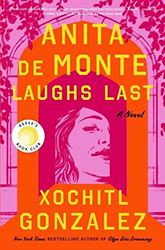
Anita De Monte Laughs Last by Xochitl Gonzalez
This novel tells two stories: there’s that of the titular artist, a Cuban feminist firebrand whose earth and body creations were just getting recognition for their genius before her murder at the hand of her art-world macho husband. The framing story is of Brown student and art history scholar Raquel who finds herself on Anita’s trail as she contends with her own place in the rarefied Ivy League environment that prizes art, but can be snobby, sexist, and racist. Enter this world for the art-world drama, stay for the quiet feminist triumph of a young woman coming into her own by finding a semi-buried foremother.
For more than a decade, Sarah Seltzer has been a feminist journalist and cultural critic. Her lively writing for publications including The New York Times, TIME, Jezebel, Glamour, Cosmopolitan, The Nation, and many other places has shaped the discourse on subjects ranging from Hollywood casting, to abortion rights, to Jane Austen and beyond. A native and lifelong New Yorker, Sarah is currently the Executive Editor at Lilith Magazine. The Singer Sisters is her debut novel.
